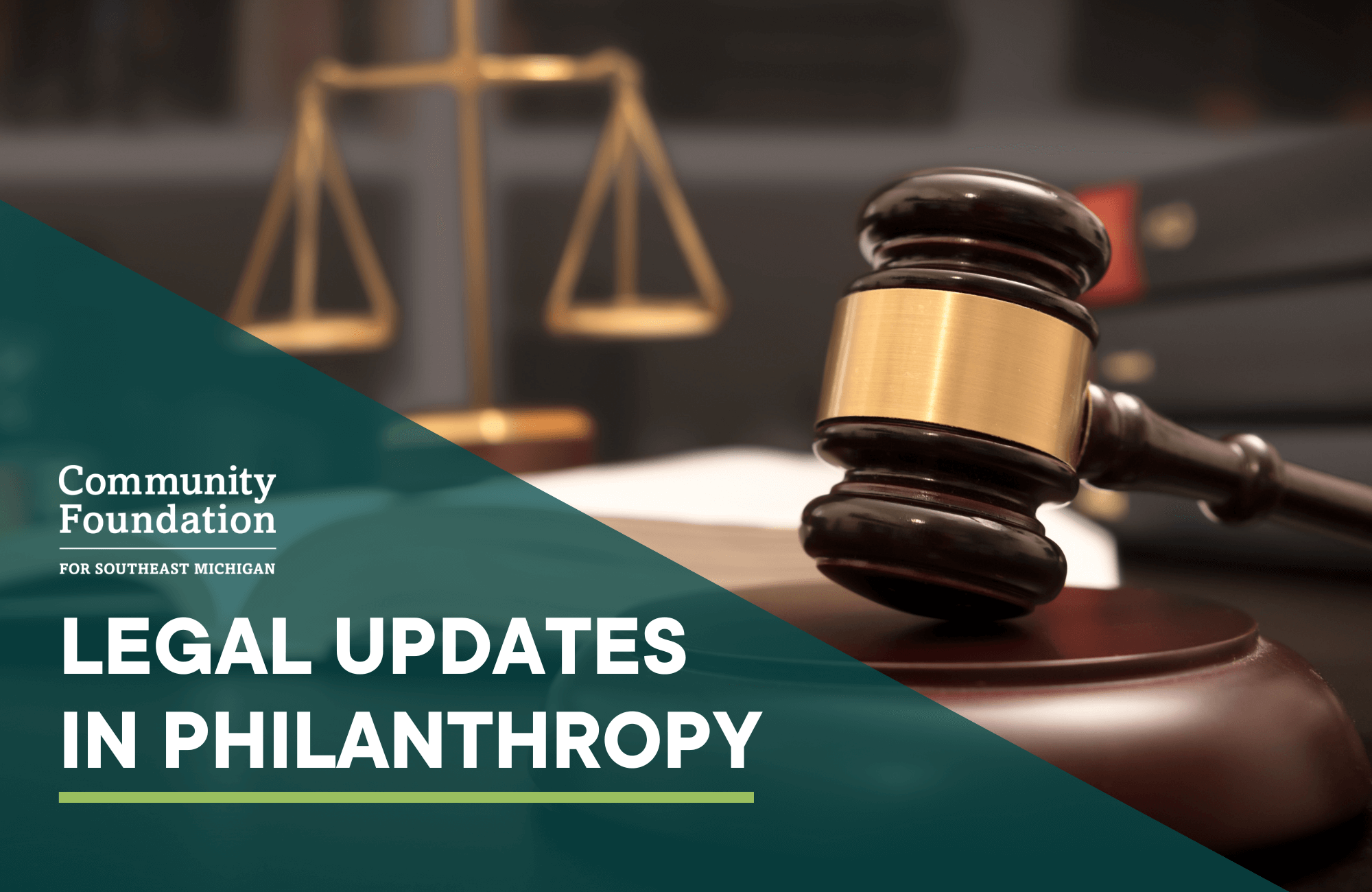Federal Agencies Power Curtailed


Laura L. Brownfield
General Counsel
The Supreme Court cut back sharply on the power of federal agencies to interpret the laws they administer and ruled that courts should rely on their own interpretation of ambiguous laws, addressing only the Chevron question in Relentless v. Department of Commerce and Loper Bright Enterprises v. Raimondo.
By a vote of 6-3, the justices overruled their landmark 1984 decision in Chevron v. Natural Resources Defense Council, which gave rise to the doctrine known as the Chevron doctrine. Under that doctrine, if Congress has not directly addressed the question at the center of a dispute, a court was required to uphold the agency’s interpretation of the statute as long as it was reasonable. In a 35-page ruling by Chief Justice John Roberts, the justices rejected that doctrine, calling it “fundamentally misguided.”
The ruling dealt a severe blow to the ability of federal agencies to interpret statutory law where the text is silent or ambiguous. Under Chevron, if Congress has not directly addressed the question at the center of a dispute, a court was required to uphold the agency’s interpretation of the statute as long as it was reasonable. The decision essentially states that agency interpretations of statutes—like agency interpretations of the Constitution—are not entitled to deference, and consistent with the separation of powers, only courts have the power to interpret and resolve ambiguities in a statute.
Loper Bright’s application to Tax Regulations
Chevron deference was held to apply to tax regulations in Mayo Foundation vs. U.S., 563 U.S. 44 (2011) regarding the validity of a Treasury regulations that impacted a refund of FICA taxes. Mayo Foundation rejected an argument that tax matters should be treated differently than other areas of administrative law. “We are not inclined to carve out an approach to administrative review hood for tax law only… The principles underlying our decision in Chevron apply with full force in the tax context. Mayo Foundation at 55.
Tax Regulations Issued under 26 U.S.C. § 7805
Many Treasury Regulations have been promulgated pursuant to the Treasury Department’s general authority under §7805 to “prescribe all needful rules and regulations for the enforcement of” the IRC. Commentators have been opining that under Loper Bright, regulations issued pursuant to a specific grant of authority will continue to be afforded more weight than interpretative regulations issued under the §7805’s general grant of authority, as was the case prior to Chevron. (See Blattmachr, Leimberg Estate planning newsletter #3130, July 2, 2024.)
There are only a few Code sections regarding estate and gift taxes that include specific statutory authorization for regulations; most regulations have been issued pursuant to the general grant of authority in §7805. IRC §1014(f)(4) is an example of a specific grant of authority to the Secretary to provide exceptions to the application of §1014(f) – basis of property acquired by a person from the decedent must be consistent with the estate tax return. The final regulations issued by the IRS and Treasury on September 17, 2024 eliminated the zero-basis rule, narrowed the reporting requirements on fiduciaries for subsequent transfers, and provided additional guidance on the statutory requirement that a recipient’s basis in certain property acquired from a decedent be consistent with the value of the property as finally determined for federal estate tax purposes.
Future of Proposed Donor Advised Fund (“DAF”) Treasury Regulations Post-Loper Bright
A tax law professor recently opined that based on the outcome of Loper Bright, as well as “the number of negative comments in response to the proposed DAF regulations,” and the Tax Court’s rationale for invalidating conservation easement regulations earlier this year (that the Treasury Department did not sufficiently consider and respond to “significant” public comments), the proposed DAF regulations will not likely not become part of the federal regulations.
Community Foundations are responding by suggesting amendments to IRC §4966:
- Financial advisors are not considered “donor-advisors” (and thus cannot be paid for their services) solely because they manage a donor’s personal investments and DAF assets.
- The definition of a DAF is not so broad that it captures other types of funds (e.g. field of interest, supporting organizations) that were never intended to be DAFs, as long as a donor and related parties do not make up a majority of the members of the advisory committee of a fund.
- Fund managers are not liable for excise taxes if they do not have actual knowledge that a taxable distribution is being made.
- Bona fide fees/expenses for a DAF, if not excess benefit transactions under §4958, are not taxable distributions.
- A grant from a DAF is not a taxable distribution if a donor making the same contribution to a charity would otherwise be able to deduct the contribution under Section 170.
Note: This material was developed by Community Foundation for Southeast Michigan. It is published with the understanding that neither the publisher nor the author is engaged in rendering legal, accounting, or other professional service. If legal advice or other expert assistance is required, the services of a professional advisor should be sought.
